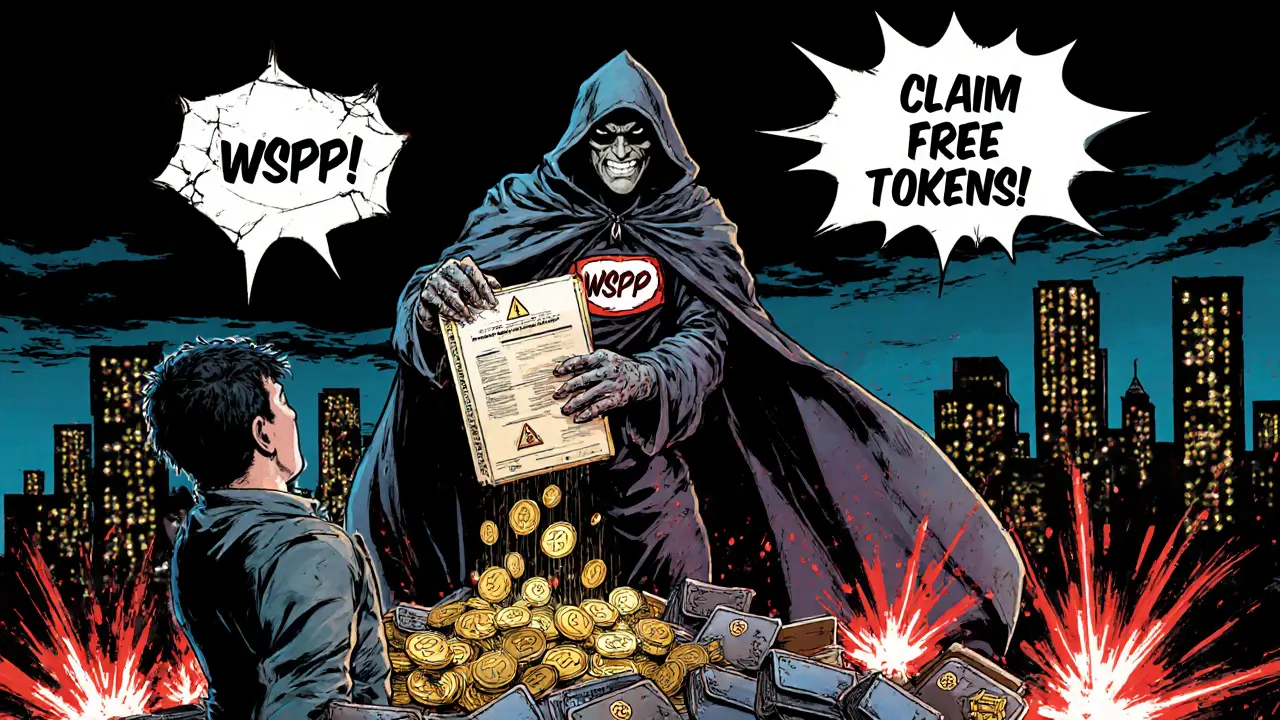When you hear about a new crypto scam, a deceptive scheme designed to steal cryptocurrency from unsuspecting users. Also known as crypto fraud, it can take many forms—from fake tokens to phishing sites that look just like real exchanges. These aren’t just random glitches. They’re organized, targeted, and getting smarter. In 2025, over 60% of new crypto projects flagged by blockchain analysts showed signs of being scams before they even launched. And it’s not just about losing money—it’s about losing trust in the whole space.
One common type is the fake crypto exchange, a website pretending to be a legitimate trading platform but designed to steal deposits or disappear with funds. Sham exchange examples like Burency Global and Bitfront show up with polished websites, fake testimonials, and even fake regulatory badges. But if there’s zero trading volume, no customer support, and no real team behind it, it’s not a platform—it’s a trap. Another major threat is the crypto airdrop scam, a lure that promises free tokens in exchange for connecting your wallet or paying a small fee. Projects like the fake REI token airdrop from Zerogoki or the Lepasa Polqueen NFT hype were designed to trick people into signing malicious approvals, letting scammers drain wallets. These aren’t giveaways—they’re theft in disguise.
Then there’s the crypto token scam, a worthless coin marketed with big promises but no real use, team, or code. Shytoshi Kusama (SHY) and Steakd (SDX) are perfect examples—tokens with no working app, no liquidity, and no future. They rely on hype, meme culture, and FOMO to pump prices briefly before crashing. And when they do, you’re left holding digital trash while the creators vanish with your money. These scams thrive because people assume if it’s on a popular chain like Binance Smart Chain or Solana, it must be real. But the chain doesn’t vet projects. The market does—and most of these tokens fail the test.
What ties all these together? They exploit the same human weaknesses: greed, urgency, and the fear of missing out. They don’t need to fool everyone—just enough people to make a profit. That’s why the best defense isn’t fancy tools or complex analysis. It’s skepticism. If a deal sounds too good to be true, it is. If you’re asked to connect your wallet to claim free tokens, walk away. If a crypto exchange has no reviews, no support, and no history, assume it’s fake. The crypto space has real innovation, but it’s buried under layers of scams. This collection of posts doesn’t just list the bad actors—it shows you exactly how to spot them before you lose a dime.
Below, you’ll find real case studies of failed exchanges, dead airdrops, and fake tokens—each one a lesson in disguise. No fluff. No theory. Just what happened, why it worked, and how to avoid the same fate.

WSPP (Wolf Safe Poor People) claims to help end poverty through a crypto airdrop, but it's a scam with no real impact, no verified team, and hidden fees that trap investors. Avoid this fake airdrop at all costs.